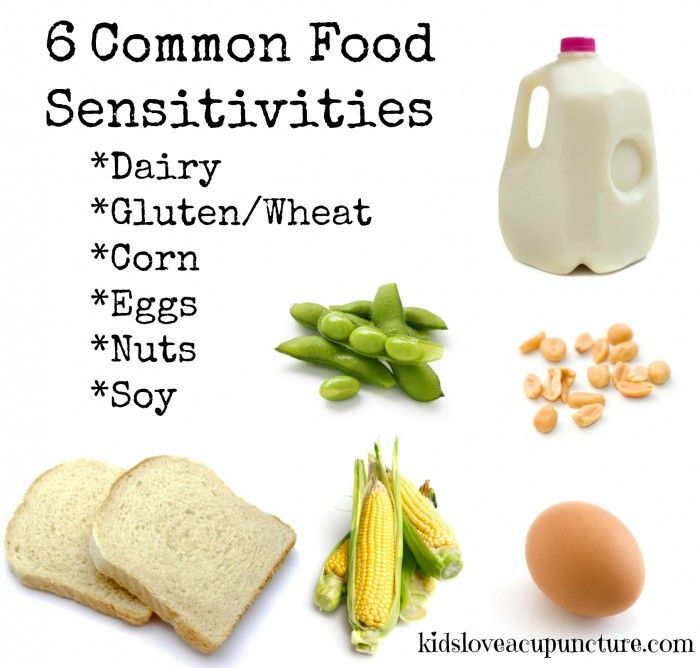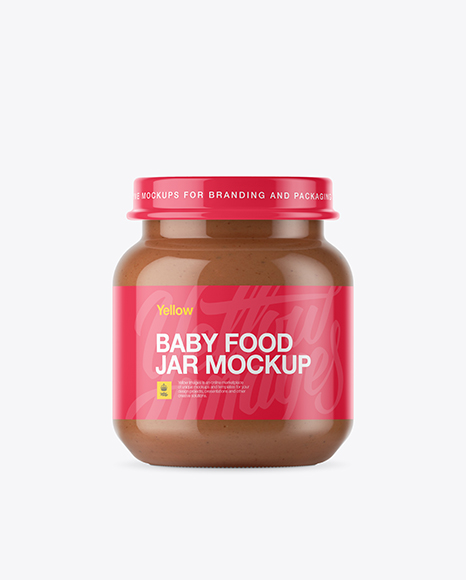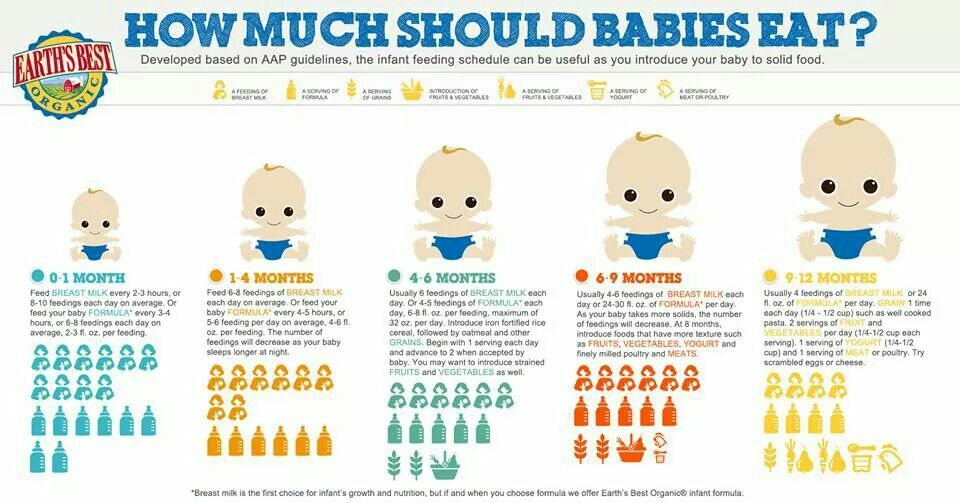Baby feeds on one breast
What to do if your baby prefers feeding on one breast – Nourish Baby Online
One sided breastfeeding is not uncommon, particularly for newborns and when babies are almost ready to stop breastfeeding. This has a lot to do with the volume of milk they obtain from one breast and simply developing a preference for one side over the other.
But is one sided feeding a problem and should you be trying to encourage your baby to feed from both breasts? Read on to find out more.
Why does my baby only want one side when they feed?
There is a range of reasons why some babies just prefer to feed on one breast. Sometimes it’s unclear why a baby refuses to accept both breasts and prefers single sided breastfeeding.
Not every reason for refusal applies to every baby, every time.
10 of the most common reasons why babies may prefer one sided breastfeeding:- Their appetite is satisfied by feeding on one breast.
- For unknown reasons. Sometimes a baby will prefer one breast to the other and there is no obvious reason.
- They are more comfortable feeding on one side. They seem to prefer being positioned on one side than the other.
- The refused breast may not be producing as much milk, or the milk may not be flowing as fast as the preferred breast.
- Previous breast surgery which has changed the breast function.
- Recurrent mastitis and/or blocked milk ducts.
- There may be a change to the taste of the mother’s milk due to hormonal influence e.g., pregnancy, starting the oral contraceptive pill. The baby then becomes generally sensitive to breastfeeding and shows a preference for one breast over the other.
- Some mothers simply feel more comfortable holding their baby on a particular side. They report feeling ‘awkward’ when feeding on the other breast. This can be influenced by the mother’s dominant arm and hand.
- The baby simply refuses to latch on one side and this eventually has an effect on milk supply.

- Breastfeeding on a particular breast causes pain (mastalgia) for the mother. Although there may be no obvious reason for this, the discomfort is enough to not persevere with offering both breasts.
Am I creating a supply problem if my baby only wants to feed from one breast?
The principle of successful breastfeeding is that supply equals demand. If there’s a long break between breastfeeds and only one breast being stimulated, there is a potential for the milk supply to drop in that breast.
In the early newborn period, hormones have a major influence on breast milk supply. Over time, it is the baby’s (effective) sucking and regular feeding which helps to maintain supply.
Follow your baby’s lead and feed them when they’re showing hunger cues.
Help! My baby’s only feeding on one side now
You cannot control your baby’s feeding behaviour. In fact, one of the main differences between breast and bottle feeding is that breastfed babies regulate their own intake of milk.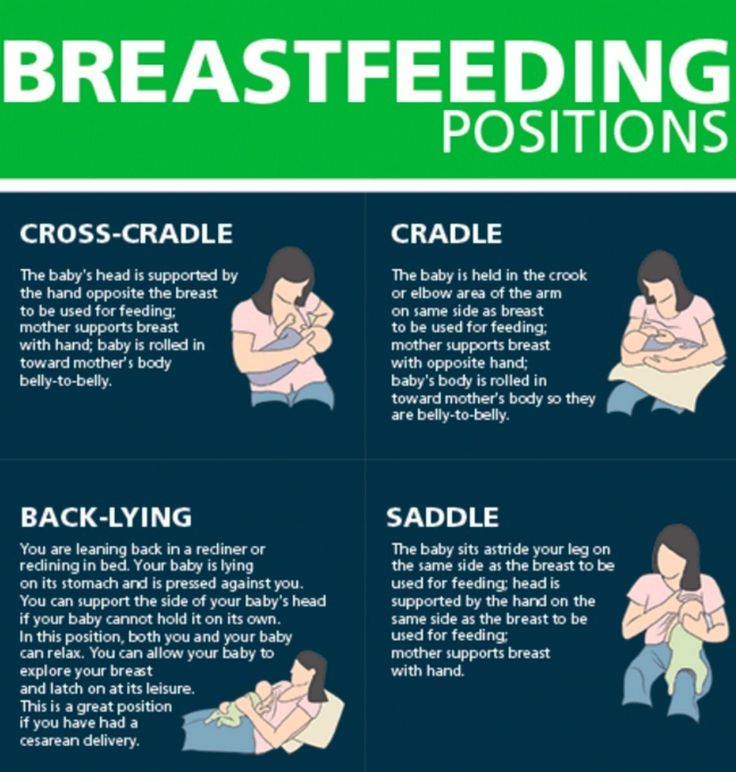 Your role is to offer breastfeeds when your baby is showing hunger cues. Whether they want to suck and how they suck is really up to them.
Your role is to offer breastfeeds when your baby is showing hunger cues. Whether they want to suck and how they suck is really up to them.
What you can try to persuade your baby to accept both breasts
- Try offering the least favoured breast first, at the start of your baby’s feeds when they are most hungry.
- You could start the feed by lying down if you usually sit up. If you usually lie down to breastfeed, try sitting in a chair. Some women start the feed by standing up and gently rocking and soothing their baby until they are latched on. Once the baby is sucking effectively, sit down. Just be careful your baby doesn’t always expect you to stand during feeds – this is exhausting and unsustainable for most mothers, especially as their baby gets heavier.
- Start the feed by feeding on the preferred breast and once you’ve let down, gently slide your baby over to the other breast.
- Feed your baby in a distraction free space where they stay calm and focused.
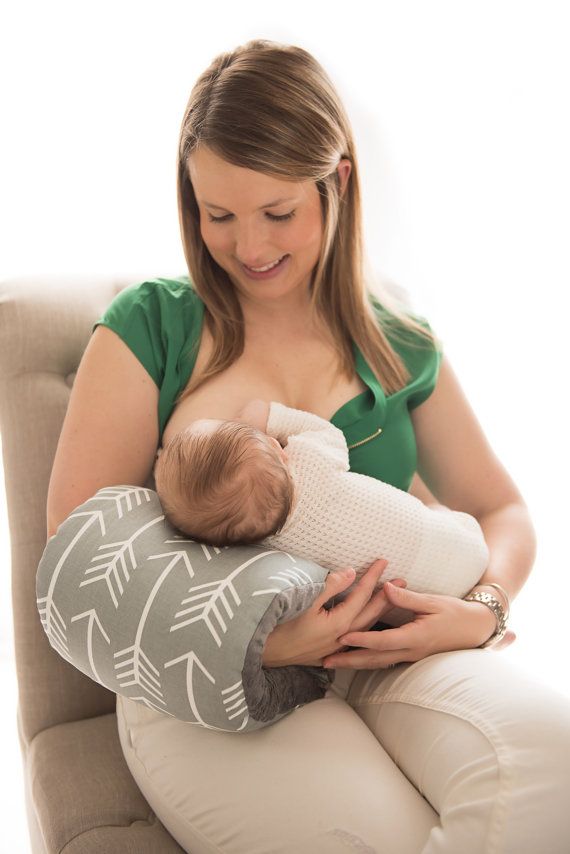
- Consider waiting a while between feeds so your baby is really hungry and more likely to feed on either breast.
- If your baby is aged over six months and eating solids, cut back on the amount of food you’re offering so they’re hungrier for breast milk.
- Offer the least favoured breast when your baby is sleepy and wanting to comfort suck.
- Only offer the least favoured side and express their preferred breast to maintain your supply. Once your baby is accepting the (previously) rejected breast, re-introduce both breasts with feeds.
- Hold and position your baby in a similar way as you do when they’re feeding on the preferred side.
- Be calm, reassuring and patient. Your baby’s feeding behaviours will change along with their development and periods of growth.
Will my breasts look lopsided if my baby is only feeding on one side?
The short answer is yes. Lactation tissue generally causes the breasts to expand to look and feel bigger. But this shouldn’t be noticeable to other people. Once you’ve stopped breastfeeding your breasts should be much the same size. Most women have one breast bigger than the other anyway.
But this shouldn’t be noticeable to other people. Once you’ve stopped breastfeeding your breasts should be much the same size. Most women have one breast bigger than the other anyway.
If you’re still keen to lactate in both breasts and your baby is refusing to feed on both sides, express the breast they’re refusing. You can then offer the expressed breast milk (EBM) from a cup or a bottle. Doing this will help to equalise the size and shape of your breasts and lactating breast tissue.
For more information
Check with your Child Health Nurse or a lactation consultant to see if there’s anything else you can try.
Make sure your baby is growing and developing well. One sided feeding can impact on weight gain if a baby isn’t getting sufficient milk feeding on one side.
Enrol in our Guide to Feeding Success course [here].
Written for Nourish Baby by Jane Barry, Midwife and Child Health Nurse.
References:Breastfeeding while pregnant | Pregnancy Birth and Baby (pregnancybirthbaby.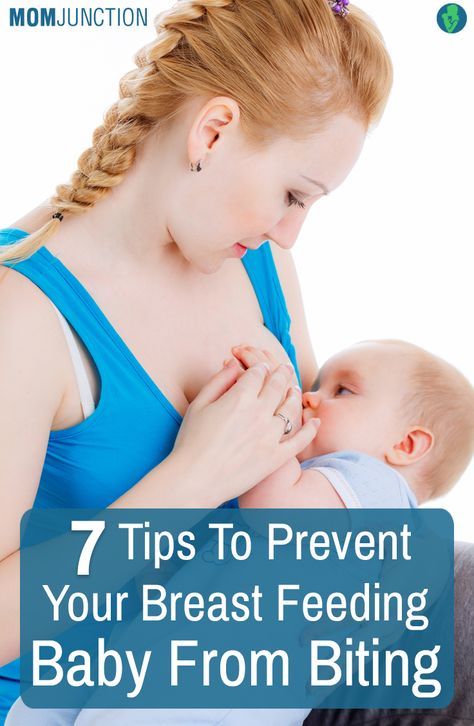 org.au)
org.au)
One sided breastfeeding | Australian Breastfeeding Association
Tags: Babies, Feeding
All journeys are unique and exciting, so we have matched our courses to your current stage of pregnancy or parenting. Simply select where you're up to below.
-
Congratulations, this is exciting.
01. Guide to a Healthy Pregnancy
Everything you need to know to enjoy a happy, healthy pregnancy.
11 Modules | 49 Lessons
-
Expecting soon? We are excited too!
02. Guide to a Positive Labour & Birth
The most comprehensive and engaging antenatal class online.
12 Modules | 52 Lessons
03. Guide to Feeding Success
Whether you choose to breast feed, formula feed or mix feed your baby.
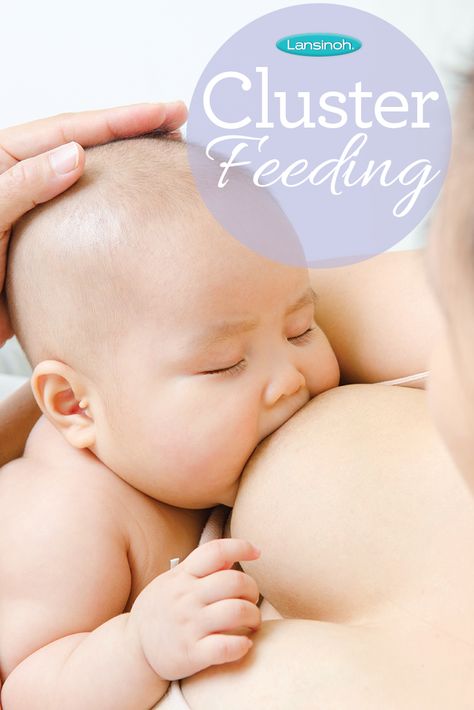
6 Modules | 36 Lessons
01. Guide to a Healthy Pregnancy
Everything you need to know to enjoy a happy, healthy pregnancy.
11 Modules | 49 Lessons
-
Woohoo you have baby!
04. Guide to Babies birth - 12 months
Learn how to give your baby the best possible start in life.
7 Modules | 42 Lessons
03. Guide to Feeding Success
Whether you choose to breast feed, formula feed or mix feed your baby.
6 Modules | 36 Lessons
-
Aww your little one is all grown up now!
05. Guide to Toddlers 1 - 3 years
Learn what makes a toddler tick and discover new ways of supporting their growth and development.

16 Modules | 40 Lessons
03. Guide to Feeding Success
Whether you choose to breast feed, formula feed or mix feed your baby.
6 Modules | 36 Lessons
Congratulations, this is exciting.
01. Guide to a Healthy Pregnancy
Everything you need to know to enjoy a happy, healthy pregnancy.
11 Modules | 49 Lessons
Expecting soon? We are excited too!
02. Guide to a Positive Labour & Birth
The most comprehensive and engaging antenatal class online.
12 Modules | 52 Lessons
03. Guide to Feeding Success
Whether you choose to breast feed, formula feed or mix feed your baby.
6 Modules | 36 Lessons
01.
 Guide to a Healthy Pregnancy
Guide to a Healthy PregnancyEverything you need to know to enjoy a happy, healthy pregnancy.
11 Modules | 49 Lessons
Woohoo you have baby!
04. Guide to Babies birth - 12 months
Learn how to give your baby the best possible start in life.
7 Modules | 42 Lessons
03. Guide to Feeding Success
Whether you choose to breast feed, formula feed or mix feed your baby.
6 Modules | 36 Lessons
Aww your little one is all grown up now!
05. Guide to Toddlers 1 - 3 years
Learn what makes a toddler tick and discover new ways of supporting their growth and development.
16 Modules | 40 Lessons
03. Guide to Feeding Success
Whether you choose to breast feed, formula feed or mix feed your baby.
6 Modules | 36 Lessons
What to do if your baby is refusing one breast
It's not unusual for a baby to prefer one breast over the other, but it can be frustrating. If your baby is refusing one breast, encourage them to nurse from the less-preferred breast by always offering that breast first, when they're hungriest. You can also try offering it when your baby is just waking up and still sleepy. If they still refuse, you can successfully nurse from only one breast and pump on the other side.
Why is my baby refusing one breast?
Infants, especially newborns, may have periods of preferring one breast to the other. You may notice your baby fussing, pulling away, or simply refusing to nurse from one of your breasts.
A newborn may reject one breast because it's harder to latch on to for some reason. The rejected breast may be more engorged or have a difference in the nipple, for example.
An older baby may reject one breast because it has a low milk supply or a slower flow or letdown than the other breast. Your baby's breast preference can make the milk supply situation worse: You can end up with a low milk supply in one breast if your baby nurses more often from the other one.
Your baby's breast preference can make the milk supply situation worse: You can end up with a low milk supply in one breast if your baby nurses more often from the other one.
Sometimes a baby will be more comfortable being held on one side than the other. If your baby seems to suddenly prefer one side, it may be because something hurts them. Maybe they have an ear infection in one ear, or maybe the side that they were just immunized on is tender, for example.
If your newborn is refusing to nurse on one side, ask their doctor to check for birth injuries. Some babies will have an injury that goes unnoticed at birth, but causes them discomfort in certain nursing positions.
If you've had surgery (or have another physical difference) in one breast, you may have a lower flow of milk in that breast. It's not common, but having cancer in a breast can also result in low milk flow. If you think that one of your breasts isn't producing as much milk as the other, talk with your healthcare provider.
What can I do if my baby only nurses on one side?
Try to gently and persistently encourage your baby to nurse at the less-preferred breast by always offering that breast first, when they're hungriest. Or, it may work better to offer that breast when your baby is partly full and sleepy.
You can also try offering the less-preferred breast when your baby is just waking up and perhaps still sleepy enough to take it. Experiment with different positions, and perhaps rock or sway your baby while nursing.
Another strategy is to start your baby on the preferred breast and then slide them over to the other breast without changing the position of their body.
Advertisement | page continues below
If your baby seems to want a faster flow from the less-preferred side, try doing breast compressions to speed the flow of breast milk.
If the less-preferred breast is engorged and your baby is having trouble latching on, try hand expressing or pumping just enough milk to soften the breast and make your areola compressible.
How can I avoid engorgement on one side?
If you're consistently nursing from one breast, you'll want to pump or hand express milk from the other side to avoid engorgement and keep up production. You may need to use the expressed milk to supplement your baby's feedings – though you may find one breast produces all the milk your baby needs.
Engorgement happens when a breast becomes overfilled with milk. You'll know you're getting engorged if your breast feels uncomfortably full, swollen, warm, throbbing, or painful. Your nipples may become flattened. If the swelling is severe, your breast may be so full that the skin looks shiny.
Do I need to switch breasts while breastfeeding?
If your baby is getting enough milk and their breast preference poses no real adversity for you, there's no harm in letting your baby nurse from one side only. (For example, you may want to keep nursing on one side while you pump on the other.) There are plenty of women who have nursed successfully from one breast only.
If you end up nursing on one side only, that breast may be larger than the other. But once your baby is weaned, your breasts will go back to more or less the same pre-nursing size.
Was this article helpful?
Yes
No
Why does the child not take one breast?
In the process of breastfeeding, a mother may encounter a situation where the child does not take the right or left breast, preferring one of them over the other. Of course, mothers become very nervous when they see that the child has stopped taking one breast. The baby can take it, make a few sucking movements, then drop the breast and start crying - and so on in a circle. Feeding a child from an "unloved" mammary gland becomes a real problem and even a reason for a woman to refuse breastfeeding.
Why doesn't the baby take the second breast?
The first step is to check the baby's health. For example, if a child from the first days or weeks of life can suckle well on the right breast, but does not take the left one, there may be problems with the cervical spine, neck muscles and the baby is uncomfortable in a certain position. After examination, a pediatrician, neurologist or orthopedist can correct such violations by prescribing massage courses, osteopathic sessions and other therapies. It is better to do this in the first months of the baby's life, so that the physical development in the future is harmonious.
After examination, a pediatrician, neurologist or orthopedist can correct such violations by prescribing massage courses, osteopathic sessions and other therapies. It is better to do this in the first months of the baby's life, so that the physical development in the future is harmonious.
Also, the child may not take the second breast if it is less comfortable for him due to the structural features of the mammary gland (the nipple is flat, too large or inverted, the flow of milk is greater or, conversely, not as strong as the baby would like).
In addition, it may be uncomfortable for the mother herself to feed on the right or left breast (for example, there is scoliosis, back pain), then the attachment may become ineffective, the mother applies to this breast less often, the flow of milk in a breast that is less “comfortable” for the mother decreases over time and the baby may begin to refuse it.
What should I do if my baby won't latch on one breast?
Of course, you should start by looking for possible reasons for breastfeeding. Further tactics will already depend on this.
Further tactics will already depend on this.
It is necessary to exclude problems with the health of the baby together with a pediatrician, neurologist or other specialists. It is very important for a mother to try to pull herself together and calm down, although this can be difficult, and to establish emotional contact with the child. It is advisable to temporarily stop using a pacifier, a bottle, in order to eliminate the occurrence of a problem due to “tangled nipples” and normalize the sucking need of the child.
If the matter is in the structural features of the mammary glands, then it is important to optimally choose suitable postures, and possibly devices for feeding.
It is very important not to waste precious time and stop the rejection at the very beginning. Unfortunately, often with the refusal of one of the breasts, sometimes the complete refusal of the child from the breast begins.
The situation when a child does not take the left or right breast, acts up at the breast, is always very unpleasant and emotionally exhausting for the family, therefore, it is often easier to cope with it together with an experienced and supportive specialist. Our team is always ready to help you in any difficulties - to jointly find the reason for the failure and develop the best tactics for working on it.
Our team is always ready to help you in any difficulties - to jointly find the reason for the failure and develop the best tactics for working on it.
Kristina Sheydaeva, doctor, lactation consultant.
Tips for Breastfeeding - Kyiv City Maternity Hospital №2
Home › Useful Tips › Tips for Breastfeeding
Every mother looks forward to the moment when she puts her baby to her breast for the first time. In the maternity hospital, we will show you how to apply the baby correctly and control the feeding process. In just a few times, the mother begins to understand exactly how to put the baby to the breast, and she even forms her own special feeding ritual. But the child himself begins to suckle correctly only two months after birth, and all this time the mother must teach him and control the process of breastfeeding.
The concept of proper nipple latch
The most common mistake is the belief that the nipple plays a key role in the process of feeding a newborn. However, in fact, the correct latch on the nipple occurs when the nipple is not involved in the feeding process.
However, in fact, the correct latch on the nipple occurs when the nipple is not involved in the feeding process.
In order for the child to eat properly, he needs to stimulate the areola, in which the milk sinuses are located. The nipple acts only as a conductor for milk.
If the baby is properly attached to the breast, he has a wide open mouth, he captures the breast as much as possible, and the nipple is pointing up. The baby should be tightly pressed to the mother, and to get milk, the lower jaw works intensively. This process does not cause pain or injury to the nipple.
If is not properly applied, the baby does not latch onto the entire breast, but only receives milk from the nipple, without stimulating production. In this case, the baby may be half-starved, and the mother may develop milk stagnation, mastitis, or cracks. Some mothers do not take such difficulties seriously, and continue to feed the child incorrectly, decanting milk residues and treating mastitis and fissures. However, this will not help eliminate the problem and only the correct feeding technique can correct the situation.
However, this will not help eliminate the problem and only the correct feeding technique can correct the situation.
Tips for proper feeding technique
The mother should be in a comfortable position with her shoulders completely relaxed. If a woman is not allowed to sit after giving birth, it is better to feed the baby lying down.
Position the baby correctly at the breast. The body of the baby should be returned to the mother, and the head and mouth should be at the level of the nipple. If the baby takes the wrong position, he will pull the breast too hard and injure the nipples. One of the best positions for feeding a baby is considered to be the position in which both mother and child lie on their sides facing each other, and the mother holds the child by the back and buttocks. Some mothers are afraid that when the child rests on the chest with his nose, it becomes more difficult for him to breathe. But this is not the case, since the baby receives a sufficient amount of air during feeding through the edge of the nostrils. Therefore, you do not need to hold the chest with your hand, while simultaneously blocking the milk channels.
Therefore, you do not need to hold the chest with your hand, while simultaneously blocking the milk channels.
How to apply the baby when feeding? Every baby is born with a reflex that allows him to latch onto the breast. But for the first few feedings, the baby can be helped by moving the areola along the upper lip. Gradually, the baby himself will learn to reach for the breast and grab the nipple, and the mother will only need to guide his head. When the baby is ready to feed, her mouth is wide open, the lower lip is retracted and covers most of the areola, being far from the nipple.
Feeding process. When the baby is suckling, part of the gum and tongue will be visible on the lower lip, which make wave-like movements to squeeze out milk. While eating, the baby's lips should be turned around (in no case drawn in), the nose and chin should be pressed to the chest, and the cheeks should move freely. When the child eats well, hear how he makes swallowing movements.
The most successful feeding positions
There are several basic positions that will help you understand how to put your baby on for comfortable feeding.
Tummy to Tummy is one of the most common and comfortable positions, and for extra comfort, mom can place a pillow or cushion under her arm.
Feeding sitting mother and baby from the tummy to tummy position should be mentally “planted”. In this position, the child is also deployed with the body to the mother, leaning his head on the mother's hand. It is best if the baby's head is in the crook of the elbow.
Armpit posture
For feeding in this position, the mother needs to sit on the sofa, put a pillow next to it, and the baby on it so that his body is under his arm. This position is convenient because the process of breastfeeding is easier to control, the mother's hands do not get tired, and the baby grabs the breast faster.
Lying position
This position is more suitable for mothers who cannot sit up after giving birth. In fact, these are just variations of the tummy to tummy pose.
Standing feeding
If the baby is in a sling, it is possible to feed him standing, but for this the baby must be in a sitting or reclining position. It is not allowed to feed the baby when he lies on his mother's stomach. Firstly, in this position, it is inconvenient for him to make sucking movements, and secondly, pressure on the stomach can lead to regurgitation of milk.
Proper feeding of twins
It is best to try out several positions to find the most comfortable for feeding two babies at the same time. So the children will eat on time, and the mother will not rush during feeding.
Duration of feeding
There is no single time period that is considered sufficient for feeding. The time a baby spends suckling at the breast depends on his temperament, sucking speed, mother's mammary glands and many other factors. On average, the duration of one feeding is from 5 to 20 minutes. Sometimes the child falls asleep right in the process of eating. If this happens, you need to slightly twist it by the cheek so that the child wakes up and continues to eat. Many mothers are interested in the question of whether it is possible to give the child both breasts in one feeding. If a woman has no problems with lactation, and the child is alone, the baby should suckle only one breast at a time (i.e., it is necessary to give each breast in turn for a new feeding). Therefore, when sucking one of the breasts, the second will be filled with milk automatically.
On average, the duration of one feeding is from 5 to 20 minutes. Sometimes the child falls asleep right in the process of eating. If this happens, you need to slightly twist it by the cheek so that the child wakes up and continues to eat. Many mothers are interested in the question of whether it is possible to give the child both breasts in one feeding. If a woman has no problems with lactation, and the child is alone, the baby should suckle only one breast at a time (i.e., it is necessary to give each breast in turn for a new feeding). Therefore, when sucking one of the breasts, the second will be filled with milk automatically.
What is the right way to finish feedings?
It is important that a full baby releases the nipple on his own, so you cannot try to remove it by force. Firstly, this can make the baby angry, and secondly, when the nipple is pulled out, the child will reflexively clench his jaw and pinch the nipple in his mouth, which can lead to injury. In this case, it is enough just to take the nipple to the side, to the corner of the mouth, and the baby will release it himself.
In this case, it is enough just to take the nipple to the side, to the corner of the mouth, and the baby will release it himself.
Approximate feeding frequency.
As with the duration of feeding, there is no clear time frame in this matter, most adhere to an on-demand feeding schedule. You can understand that the baby is hungry by his behavior: he begins to cry, turn his head and open his mouth when he touches his face. The first few days after birth, the baby asks for breasts from 7 to 14 times a day, but in the future, the frequency of attachments increases and can reach up to 4 times per hour.
How to breastfeed a child who cries a lot?
The breast perfectly calms the baby, but this remedy should not be abused. In order for the child to properly grab the breast and eat well, you need to hold her in your arms a little so that she calms down a little, and even better, stops crying altogether. An emotionally excited baby can squeeze a drop of milk onto his lips, or draw a nipple on his cheek - then he will quickly calm down.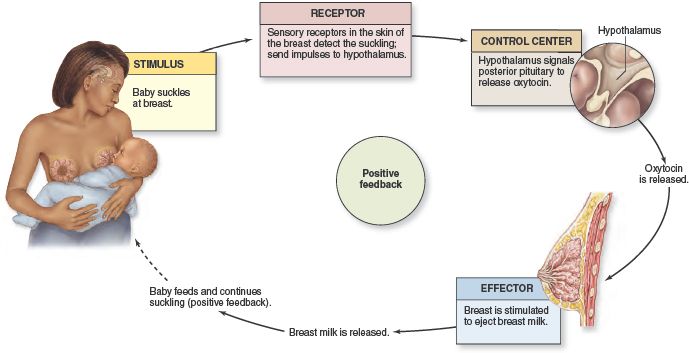
How to understand that the baby is full?
Babies can't suck as much milk from their breasts at one time as they can from a bottle, so babies nip at their mother's breasts much more often than formula-fed babies.
You can understand that the baby has enough mother's milk by the following signs:
- After sucking, the breast feels empty
- Baby's general health is good: he is in a good mood, willing to play, he has clear eyes and clear firm skin
- Baby gains weight regularly
Common mistakes
✖ - Washing the breast with soap before each feed.
Physiologically, there are no microorganisms on the female breast. For proper care, it is enough just to take a shower twice a day, but the use of soap destroys the natural lubrication of the breast, which protects it from viruses and bacteria.
✖ - During feeding, the mother holds the breast from above, keeps it on weight, fearing that the baby will suffocate.
When a baby suckles at the breast, his or her nose may fit snugly against the breast or even be pressed into the breast. This is absolutely normal, and you do not need to hold your chest. The baby gets enough oxygen through the edges of the nostrils, and milk comes in response to sucking movements, and not due to the special position of the breast.
✖ - Drink water or tea after feeding. Breast milk is a very balanced product that is not only food, but also drink. Therefore, it is not necessary to give the baby any additional fluids.
✖ - Switching to formula milk for infectious diseases or cracked nipples. This is one of the most common mistakes. If cracks appear on the nipples, treatment should be done between feedings, and continue to breastfeed the baby through special silicone pads. Stopping feeding is allowed only with very deep cracks, but even in this case, the mother should decant into a bottle and give milk to the baby through a pipette or from a spoon.



